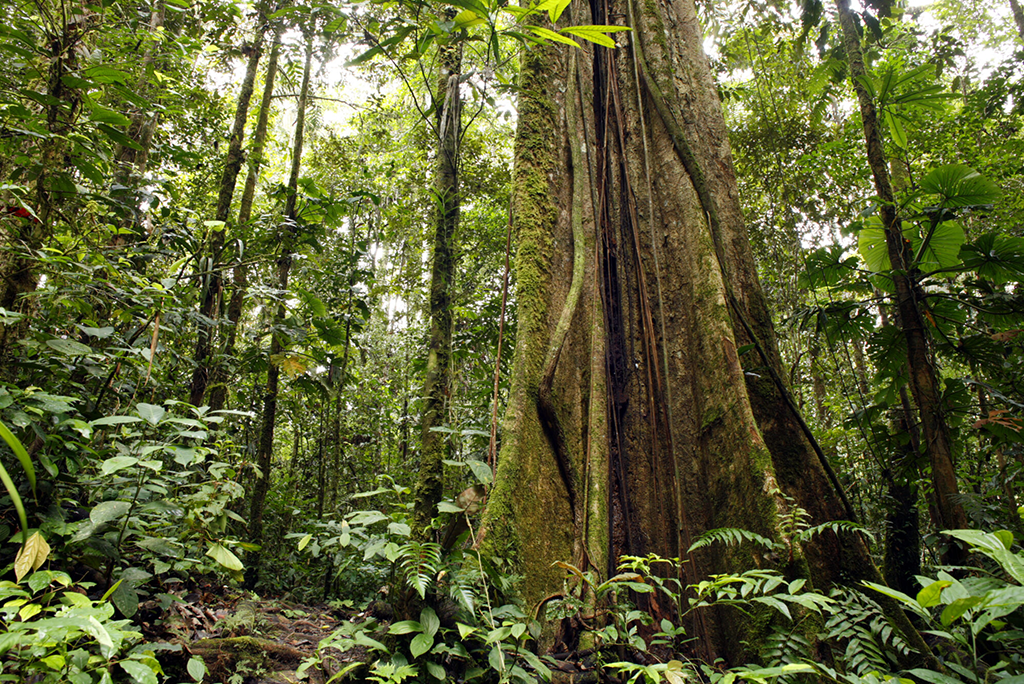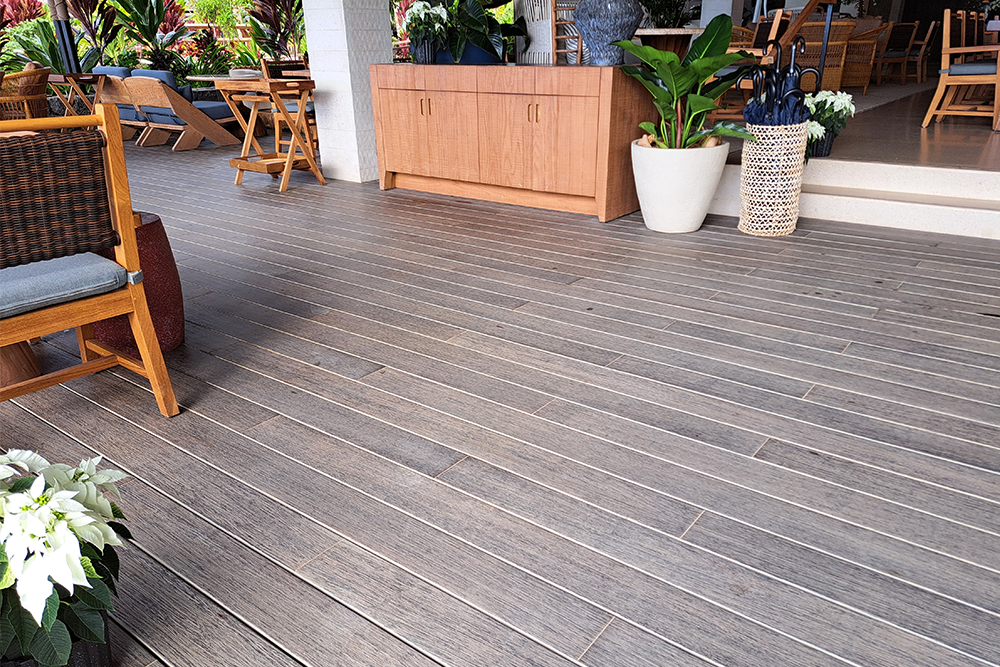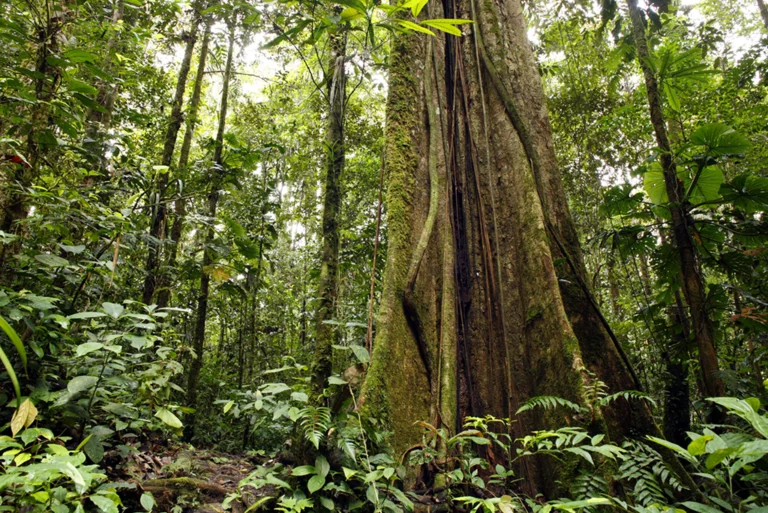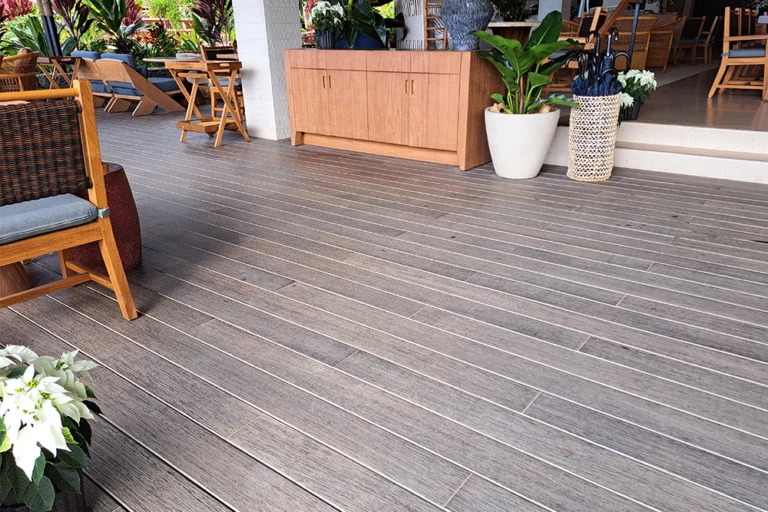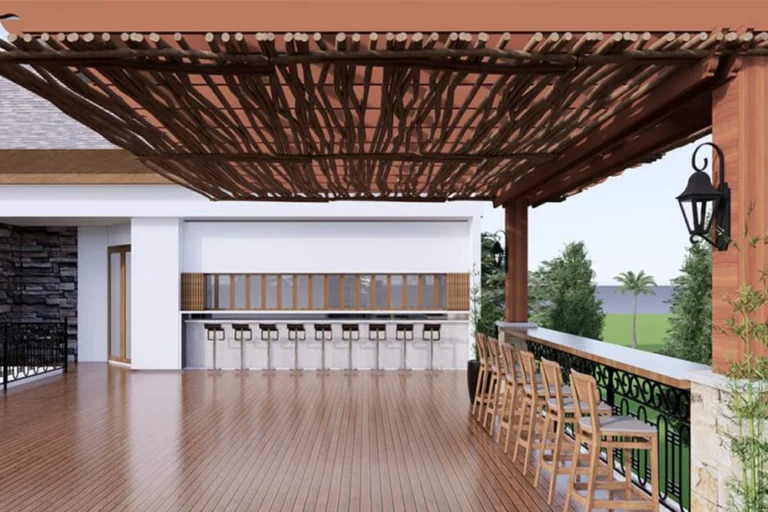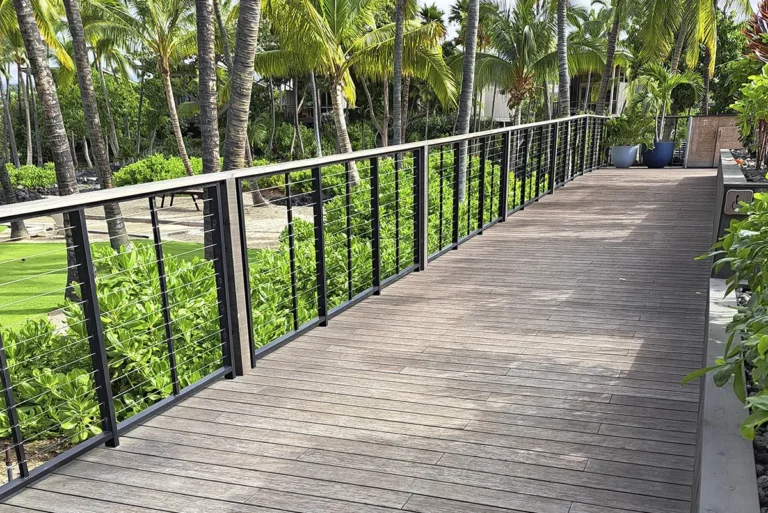Red Oak and White Oak stand as highly coveted hardwood options, garnering attention from top-quality hardwood suppliers in Toronto and enthusiasts alike. When engaging with our customers, a recurring query we encounter is: “What sets White Oak apart from Red Oak, and which one aligns better with my specific needs?” Ultimately, the selection for your project rests on your personal preferences.
However, this blog post aims to provide you with essential insights to aid your decision-making process between White Oak and Red Oak.
Let’s start with a brief introduction to each hardwood:
Red Oak
This hardwood species thrives predominantly across the northeastern United States and southeastern Canada. Thanks to the challenging winters in these regions, Red Oak trees grow slowly, resulting in tightly woven and consistent grain patterns within the floorboards. This unique attribute allows for the creation of exceptionally wide and lengthy planks, making Red Oak a favored choice for those valuing both aesthetics and durability.
White Oak
While also found in the Eastern US, White Oak doesn’t proliferate as abundantly as its red counterpart. What sets White Oak apart is its versatility, extending beyond flooring to applications such as boat crafting and wine barrel production.
Now, let’s explore the top six distinctions between these exceptional hardwoods:
1. Color and Aesthetics
White Oak: White Oak presents a lighter color spectrum, ranging from a soft yellow-brown to a gentle light brown. Its subdued and cool tones make it a favored choice for those aiming to establish a contemporary or open atmosphere in their living spaces.
Red Oak: True to its name, Red Oak displays inviting reddish-brown hues, often accompanied by hints of pink or red undertones. Its rich and welcoming colors are perfect for achieving a classic and timeless appearance in interior designs.
2. Grain Patterns
White Oak: The grain pattern of White Oak is finer and more uniform, with smaller rays. It typically offers a straighter and cleaner appearance, lending itself well to modern and minimalist designs.
Red Oak: Red Oak showcases a coarser and more open-grain pattern, often with larger rays. Its grain can appear wavy or irregular, adding character and depth to traditional and rustic settings.
3. Durability
White Oak: Renowned for its exceptional hardness and resistance to wear and denting, White Oak is a preferred choice for high-traffic areas and outdoor applications.
Red Oak: While still durable, Red Oak is slightly less hard than White Oak. It remains an excellent option for flooring and furniture but may require a bit more care in heavy-use environments.
4. Resistance
White Oak: White Oak’s remarkable resistance to water and decay makes it ideal for outdoor projects, including decks, boat construction, and outdoor furniture.
Red Oak: While relatively resistant to water and other elements, Red Oak lacks the same natural resistance as White Oak and may require additional treatments for long-term outdoor use.
5. Tannin Content
White Oak: White Oak contains a higher level of tannins, which can react with iron and lead to dark discoloration when exposed to moisture, a phenomenon known as iron staining.
Red Oak: Red Oak has a lower tannin content, making it less prone to iron staining when in contact with water or metal.
6. Applications and Availability
White Oak: Often chosen for applications requiring durability, water resistance, and decay resistance, White Oak is less common and may come at a higher cost due to its exceptional qualities and limited growth regions.
Red Oak: Widely available and more budget-friendly, Red Oak remains a popular choice for various projects, including furniture, cabinets, interior trim, hardwood flooring, and veneer.
Bottom Line: White Oak or Red Oak?
White Oak and Red Oak both excel as hardwood options, each possessing distinct strengths and individual qualities. Your selection between them should be guided by the precise requirements of your project and the desired aesthetic you aim to attain. However, acquiring a comprehensive grasp of these distinctions equips you to make an educated choice, regardless of whether you operate as a hardwood distributor, a construction expert, or a devoted DIY enthusiast.
Should you be ready to explore these splendid hardwood alternatives further or have any questions regarding hardwood flooring, please do not hesitate to contact Tropical Forest Products. We offer a wide variety of wood products, from wholesale lumber to commercial decking, commercial cladding, IPE decking Toronto, boardwalk decking, custom millwork and other capabilities.

